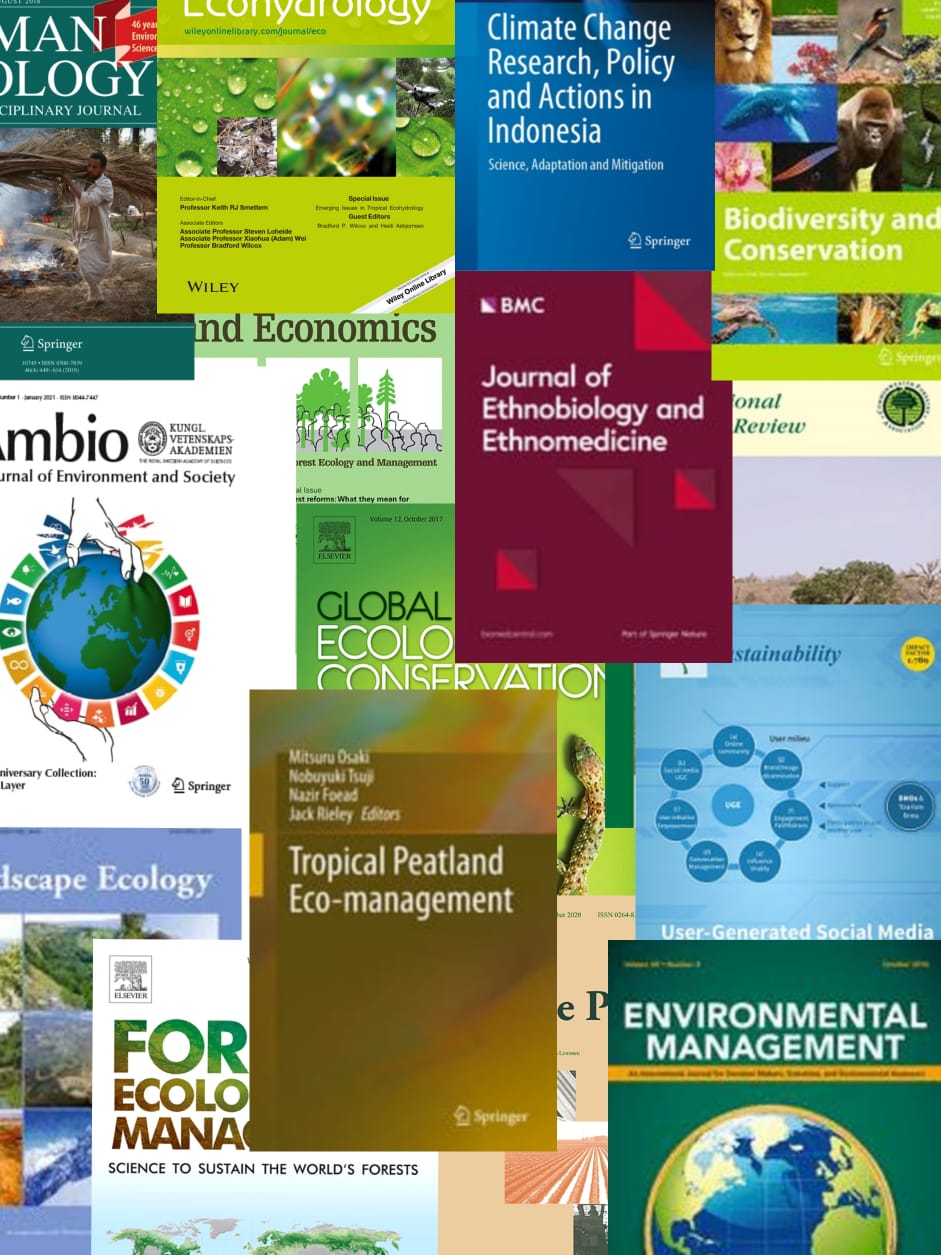Steep slopes and very high rainfall (nearly 3000 mm yr(-1)) concentrated within a few months (monsoon) suggest that the practice of slash-and-burn agriculture (known locally as Jhum) in the Chittagong Hill Tracts (CHT) region of Bangladesh will induce severe erosion losses. This is particularly so in recent years because high population pressure has reduced the fallow period from 10 to 15 years to 3 to 5 years. A 2-year study of soil composition and erosion comparing a Jhum cultivated catchment and a neighboring non-burnt catchment showed additional loss by runoff of about 30 Mg ha(-1) (41.1 from the burnt site minus 11.5 from the non-burnt site) of upland soil, containing substantial amounts of plant nutrients, as a result of burning. The main loss occurred within 2 to 3 months after burning, but after 1 year, losses in the Jhum cultivated catchment were the same as in the non-burnt catchment. Furthermore, as almost half of the sediment was deposited in lower parts of the catchment, the net loss (export) was 15.5 Mg ha(-1), which corresponds to only 3 times the upper critical limit (about 5 Mg ha(-1) yr(-1)) of sustainability, indicating that Jhum fallowed for more than 3 years may be sustainable. The ash from the burnt vegetation was found to add more available Ca, Mg, K, S, Fe, Mn, and Zn to the soil than was removed in runoff sediments, whereas soil C, N, P, and Cu contents decreased. X-ray diffraction, Mossbauer and infrared spectroscopy, and total chemical analysis of the clay fractions from selected soil samples in profiles from upper, middle, and lower parts of a slope in the Jhum catchment showed composition and properties of the fractions that were almost identical, irrespective of soil depth and site position. The high clay contents (31-51%), the rather unique clay mineralogy (gibbsite, goethite, halloysite, HIV/HIS, illite, kaolinite, vermiculite/smectite), and the horizontal and vertical uniformity are clear indicators of intensive and fast weathering. The fast and profound weathering results from a combination of an easily weatherable parent rock (micaceous shale) exposed to a hot alternating very wet and very dry climate and vigorous vegetation. This combination and the resulting soil development may, in turn, explain the observed high degree of hydraulic and chemical resilience associated with Jhum in CHT. However, more studies over longer periods of time are needed to determine whether current Jhum, with fallow periods of only 3 to 5 years, is sustainable in the long run.
View source

